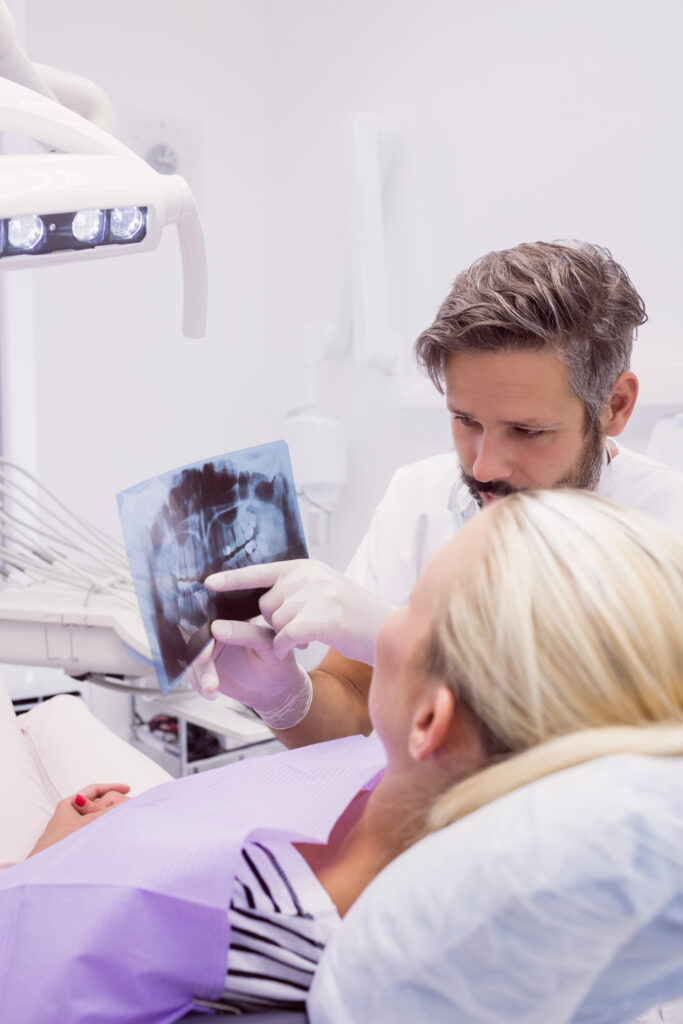About

CBCT is beneficial for patients requiring advanced dental diagnostics, complex treatment planning, or those seeking a more thorough evaluation of their oral health. Our experienced dental team will recommend CBCT when necessary to provide
you with the best possible care and treatment outcomes.
Experience the advantages of cutting-edge dental imaging with CBCT at Ocean International Dental Hospitals. Schedule
your appointment today, and let our state-of-the-art technology and expertise pave the way for a healthier and more
confident smile.




Most trusted dental hospitals in Andhra Pradesh & Telangana
WhatsApp us